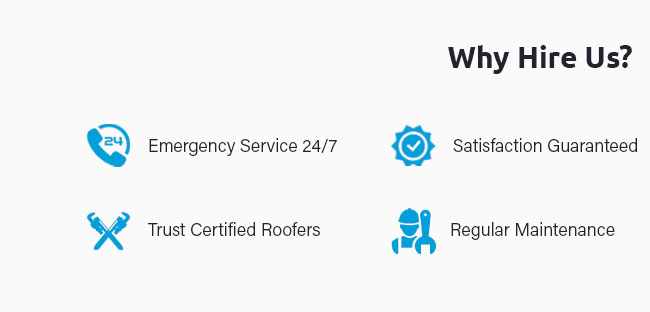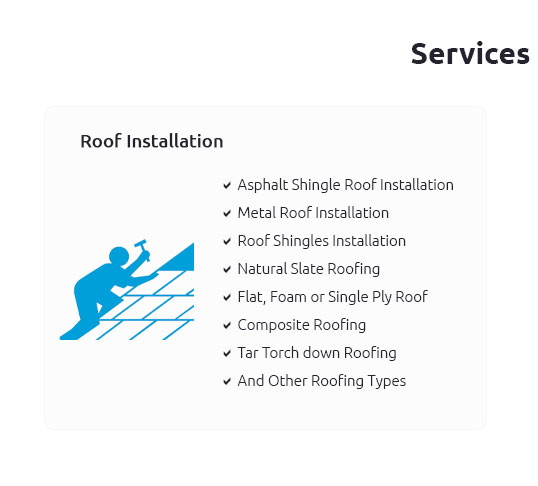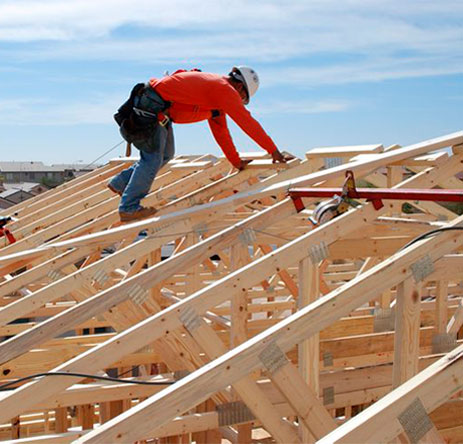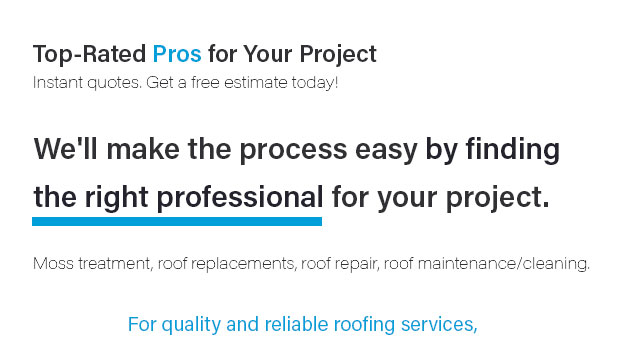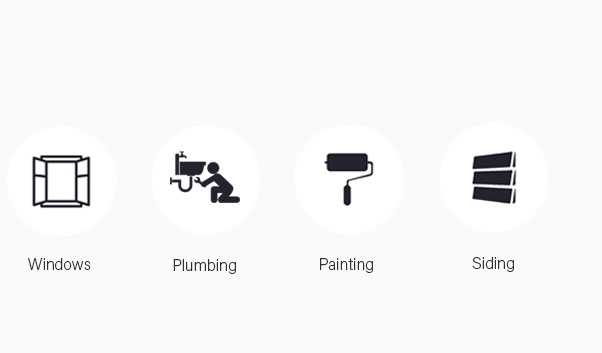yvq9bmdfuk
For those looking to tackle a DIY roof flashing repair, it's crucial to gather the right materials and tools before starting the project. Successfully repairing roof flashing can prevent leaks and further damage to your home's structure, often saving significant costs in the long run. With proper guidance and attention to detail, homeowners can achieve professional results in a DIY roof flashing repair. Always ensure safety measures are in place and consider consulting local roofers for tips on best practices. Remember, while DIY roof flashing repair can be effective, complex issues may still require professional assistance from experienced local roofers.


